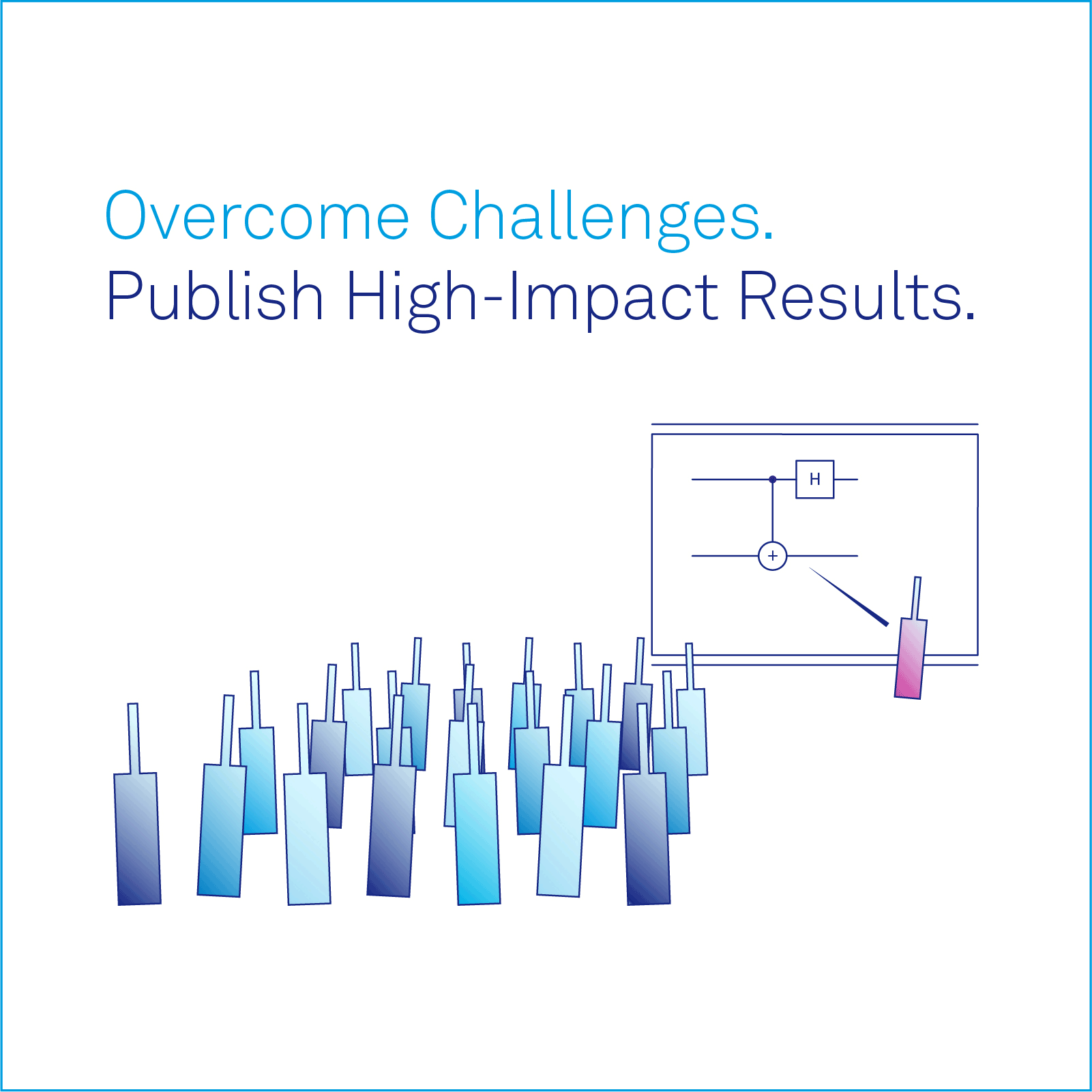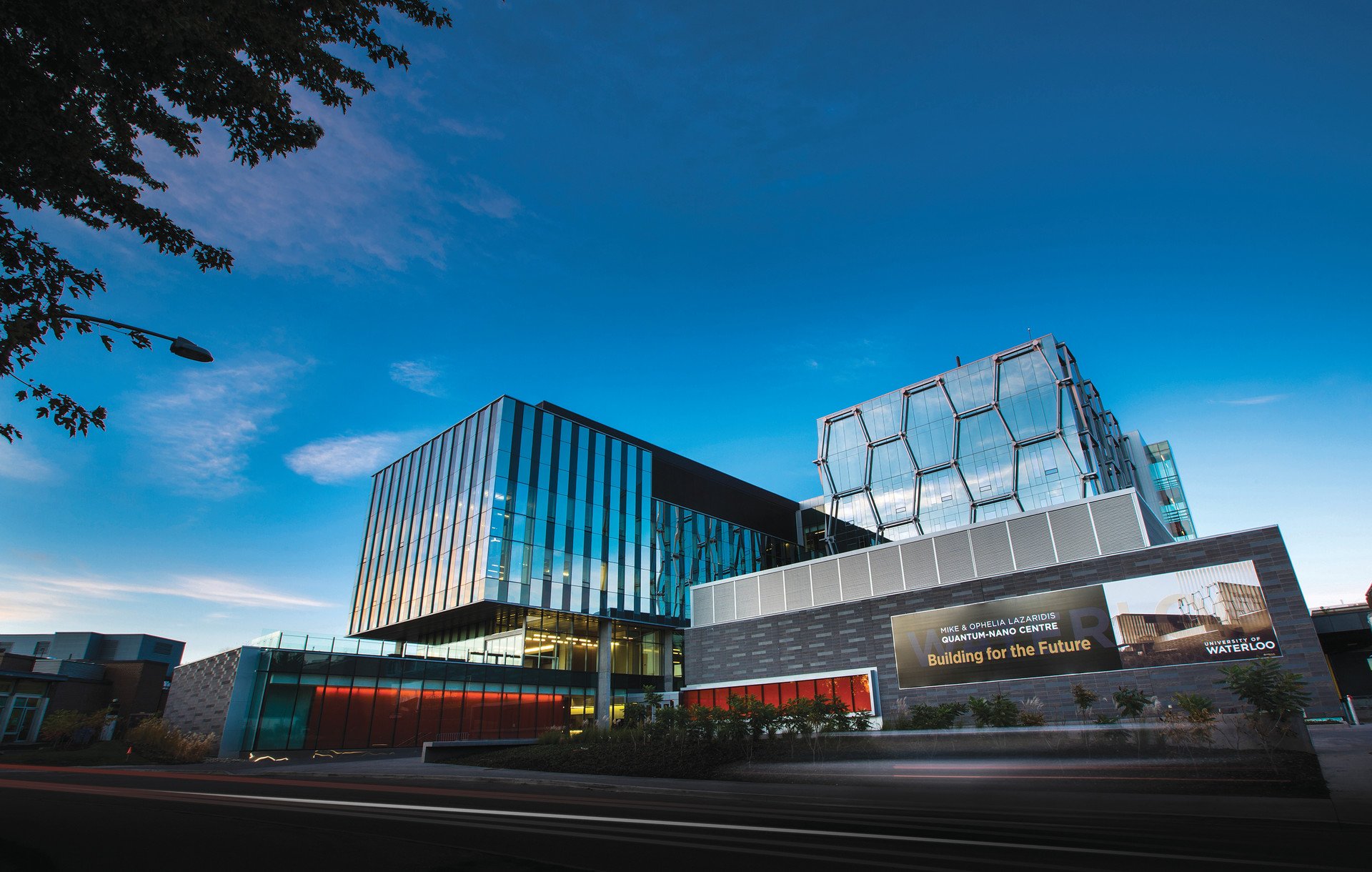Insider Brief:
- The global quantum ecosystem faces a growing talent crisis not from a lack of ability, but from fractured infrastructure, inaccessible pathways, and a narrow definition of who belongs in the field.
- Initiatives like FLIQ, Qiskit Summer School, and programs in Singapore, Taiwan, and Korea are expanding access through creative, interdisciplinary, and inclusive approaches to learning and contribution.
- A recent QED-C report brings to light the urgent need for experiential learning such as apprenticeships, hands-on labs, and modular training as a foundational strategy to meet demand at all career levels, especially for technicians and nontraditional learners.
- The upcoming “Voices of Future Leaders” panel at the Quantum for Good Summit reflects a broader reckoning that the future of quantum innovation depends not just on speed or scale, but on who is empowered to take part in it.
It’s one of the paradoxes of emerging technology: as the systems become more sophisticated, the workforce struggles to keep up. Not due to a lack of talent, but because the very infrastructure to support and retain that talent is fractured, limited, and often oriented toward only a fraction of those who could contribute.
Nowhere is this more apparent than in quantum.
During a conversation on a recent visit to South Korea at a government-backed quantum institute, leaders shared a familiar frustration. Despite exceptional local talent and strong investment in R&D, many of their most promising students were leaving the country in search of opportunity. The ambition to build a domestically produced quantum computer, a symbol of technological sovereignty, is being undercut by a workforce bottleneck. Startups struggle to recruit, universities struggle to retain, and national strategies struggle to scale.

This is not an isolated instance. Across global quantum ecosystems, the mismatch between educational pathways, research infrastructure, and job creation is holding the field back. And if this isn’t addressed with equal parts urgency and imagination, there is a risk allowing that the future of quantum innovation will concentrate in only a few corners of the world.
But there’s hope beyond the top-down efforts of governments and industry, from the voices of emerging leaders themselves.
From Problem to Platform: Rethinking Quantum Workforce Development
This is not just a numbers game. While there is a need for more jobs and talent to fulfill those jobs, there is also a need to redefine what it means to belong in quantum, who gets to participate, what skills are valued, and how people enter and remain in the field.
That was a central goal of the recent Future Leaders in Quantum (FLIQ) Hackathon, an initiative jointly launched by the International Telecommunication Union and the Quantum Coalition. Designed for students, researchers, artists, and early-career professionals, FLIQ deliberately moved beyond traditional quantum programming. It didn’t assume a physics degree. It didn’t require prior experience. Instead, it invited participants to contribute across science, education, art, and innovation tracks, to build real-world solutions with mentorship, community, and accessibility as central tenets.
From the workshops such as Quantum Through Chess and Quantum Meets Creativity, the message was clear that quantum needs diverse minds, and diverse minds need inclusive entry points. These creative interventions matter because they have the opportunity to both fill the pipeline and redesign it.
FLIQ isn’t alone. IBM’s Qiskit Global Summer School, now fully booked from intense demand, has become a global cornerstone for open, rigorous, and welcoming quantum education. This year’s program, honoring the 100th anniversary of Heisenberg’s first mathematical formulation of quantum mechanics, traces the arc from foundational physics to fault-tolerant quantum computing. With live panels on careers in the field and direct access to IBM’s quantum hardware, it’s a model for what industry-led learning can look like when executed with generosity and purpose.
In Singapore, the Centre for Quantum Technologies runs a similarly compelling blend of research excellence and educational engagement, including public quantum literacy events and partnerships with regional universities. Taiwan’s Physical Society is creating cross-institutional bridges to support early-stage quantum researchers, while Korea’s Center for Quantum Nanoscience continues to support youth outreach in creative ways.
These initiatives vary in scale, but they share a common philosophy that if the quantum workforce of the future is going to be resilient, global, and innovative, it must look beyond degrees and diplomas and build ecosystems of belonging.
Experiential Learning as the Missing Link
A recent QED-C report, Connecting the Dots: Quantum Learning Through Experiential Activities and Practice, reinforces the urgency of a shift in narrative. Drawing on national data, learner profiles, and industry feedback, the report outlines a workforce bottleneck not only at the PhD level, but especially at the associate degree and technician tiers, where demand is rising fastest and infrastructure is thinnest.
One of the most striking takeaways is that the field is not limited by talent but by opportunity. Learners across background from community college students to military engineers and career-switching software developers consistently cite the same barriers of unclear pathways, lack of mentorship, minimal access to hands-on experiences, and limited flexible learning formats. Many are ready to engage, but the system wasn’t designed for them.
Experiential learning through apprenticeships, capstone projects, immersive labs, and short-term collaborative challenge became clear as an essential solution. These aren’t just feel-good educational reforms; they directly address employer needs for job-ready talent and reduce onboarding friction for small companies lacking in-house training capacity. When paired with clear career mapping, mentorship structures, and early exposure, such programs can fill real gaps while also diversifying the talent pool.
Pilot programs identified in the report span quick quantum immersion experiences, technician retraining, and six-month mentorship cohorts. One example, a proposed national capstone program, integrates modular quantum learning with real-world tasks and industry participation. Another proposes virtual-reality-powered technician training to democratize access to expensive lab infrastructure.
The point is not just to train more people but to fundamentally redesign the architecture of the pipeline itself so that the quantum workforce of tomorrow reflects the complexity and inclusivity the field demands today.
The Real Question Being Who Is Quantum For?
The question that underlies every panel on workforce development, every funding pitch, every workshop is this: who is quantum for?
It’s tempting to answer with the usual list of scientists, engineers, developers. And while these are undeniably essential, while the field is still being formed, the answer should be broader.
Quantum is for educators. For storytellers. For ethicists and policy analysts. For creatives and coders and entrepreneurs. For high schoolers watching YouTube tutorials. For displaced academics. For mid-career switchers. For anyone who wants to have a hand in the tools that may affect society in profound ways.
This is a strategic reframing. We know that a vibrant quantum workforce can’t grow without strong roots in education, opportunity, and cultural relevance. We also know that siloed training models, ones that reward only narrow expertise, are out of sync with the interdisciplinary nature of quantum itself.
The People Who Will Build Quantum and the Systems That Must Support Them
The challenge before us is to produce more quantum talent as well as to redesign the conditions under which that talent can emerge, thrive, and contribute. Around the world, from government labs to grassroots hackathons, a new architecture is taking shape: one built on experiential learning, creative entry points, cross-disciplinary collaboration, and shared purpose. The next phase of quantum innovation will depend on how well we align vision with access, policy with people, and opportunity with readiness.
These principles of early exposure, inclusive entry points, and systems-level change are already beginning to take root in the voices and visions of the next generation. One of these moments will take place on July 9, during the Quantum for Good Summit, where the “Voices of Future Leaders” panel will surface lived realities from those stepping into the field. This conversation is a chance for the global community to listen, respond, and reimagine the systems we build to sustain quantum talent worldwide. The panel can be attended in person at the AI for Good Summit in Geneva or streamed live online here.
We are at the halfway point in the International Year of Quantum Science and Technology, a time not just for celebration, but for reflection and recommitment. As we look to the next 100 years, from Heisenberg’s formulation to whatever future developments await, we can talk about the ever-volatile timeline, but we should talk about whether the people building them will represent the world they’re meant to serve.
















